A beautiful flower bed can transform your garden, adding color, texture, and visual interest. Not only does it enhance the aesthetic appeal of your property, but it also provides a peaceful and inviting environment.
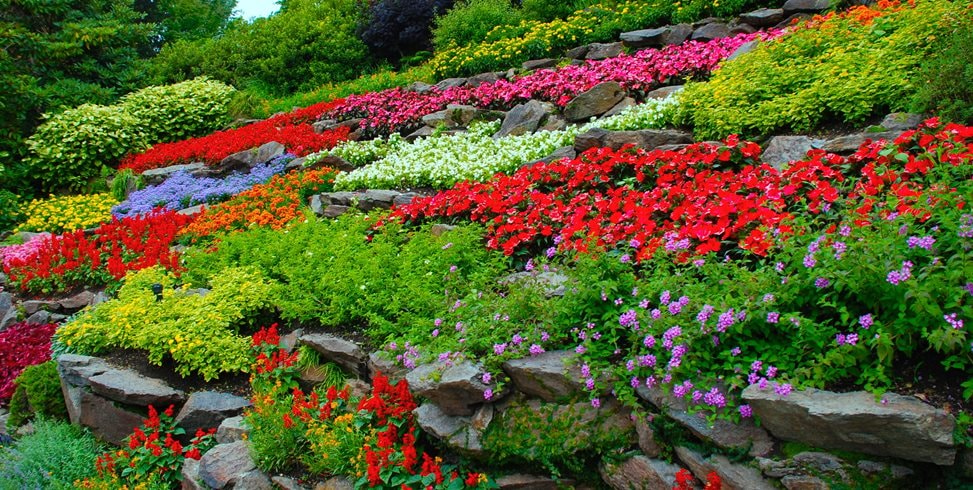
Why a Beautiful Flower Bed Enhances Your Property?
Creating a beautiful flower bed offers both aesthetic and functional benefits for your property. Flower beds can serve as focal points, drawing attention to specific areas of your garden and creating a visually appealing landscape.
The vibrant colors and varied textures of flowering plants and ornamental grasses can enhance the overall look of your garden, making it more attractive and welcoming. Moreover, well-maintained flower beds can significantly increase curb appeal, which is especially beneficial if you are looking to sell your home.
Planning Your Flower Bed
Proper planning is crucial for creating a successful and beautiful flower bed. Start by considering the location of your garden bed, taking into account factors like sunlight exposure, soil quality, and proximity to water sources. It’s important to choose a spot that receives adequate sunlight, as most flowering plants require at least six hours of direct sunlight for healthy growth.
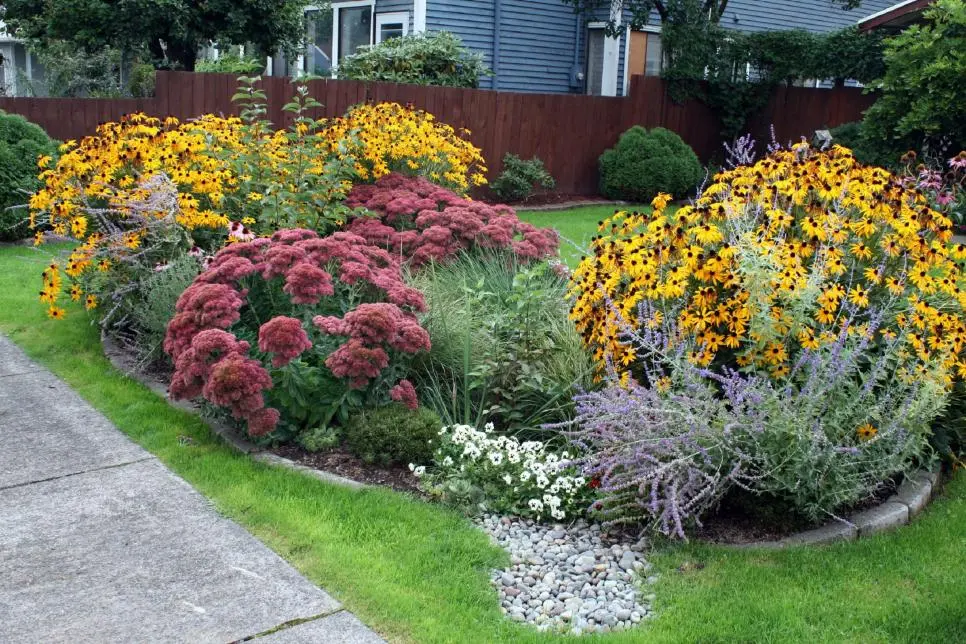
Additionally, assess the soil type and its suitability for the plants you want to grow. If your soil is poor or has poor drainage, consider improving it with soil amendments or organic matter When designing your flower bed, think about the shape and size that will best complement your garden layout. A well-planned flower bed not only enhances the aesthetics of your garden but also ensures that all the plants have enough space to grow and thrive.
Choosing the Right Location
Selecting the ideal location for your flower bed is a critical step in ensuring the health and vibrancy of your garden. Start by assessing sunlight exposure throughout the day; most flowering plants thrive with at least six hours of direct sunlight. Pay attention to areas in your garden that receive consistent light, as inadequate sunlight can hinder plant growth and bloom time.
Soil quality is another essential factor; perform a soil test to check for nutrient levels and pH balance. The results will guide you in choosing suitable plants and any necessary soil amendments.
Designing Your Flower Bed
Designing your flower bed involves thoughtful planning to create a visually appealing and harmonious garden space. Start by choosing a color scheme that complements your home’s exterior and existing garden elements.
Consider incorporating a variety of plant heights and textures to add depth and interest; for example, place taller plants or ornamental grasses towards the back of the garden bed, medium height plants in the middle, and shorter plants or ground covers at the front.
A well-designed flower bed not only enhances the beauty of your garden but also promotes a cohesive and balanced landscape, making your garden a stunning focal point in your property.
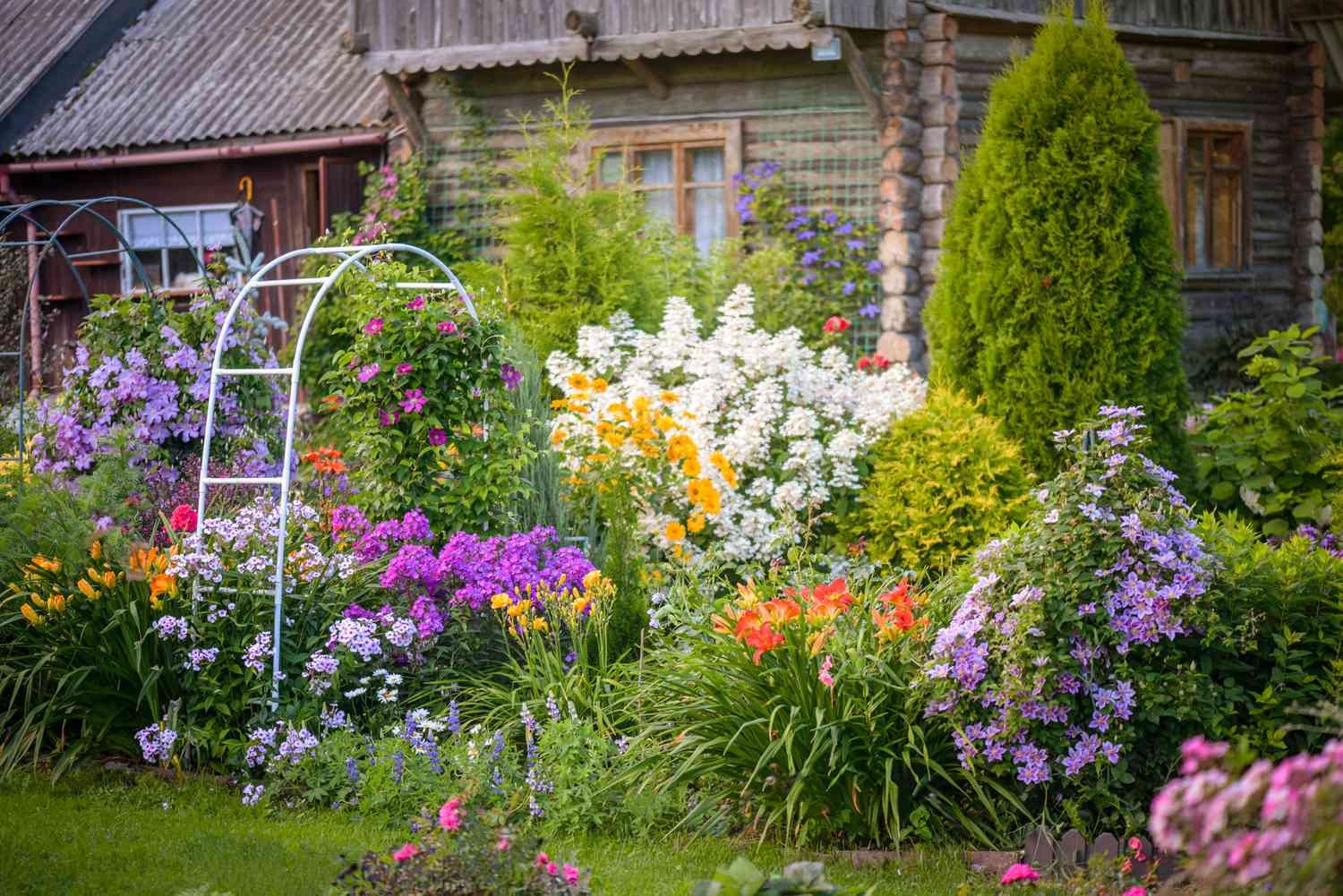
Preparing the Soil
The foundation of a thriving flower garden is healthy, well-prepared soil. The first step is to conduct a soil test to determine the soil pH and nutrient levels, which are crucial for selecting the right plants and making necessary adjustments.
Most flowering plants prefer a slightly acidic to neutral soil pH. If the soil is too acidic or alkaline, it can affect nutrient uptake and plant health. Based on the test results, you may need to amend the soil to optimize its composition.
For instance, if your soil is too clayey or sandy, adding organic matter can improve its structure and drainage. Organic materials, such as compost or well-rotted manure, enrich the soil with essential nutrients and enhance its fertility. In areas with poor soil, consider using raised garden beds to control the soil quality better.
Amending the Soil
Amending the soil is a vital step in creating a fertile environment for your flowering plants. Start by incorporating organic matter, such as compost or chicken manure, into the soil. These amendments improve soil structure, enhance water retention, and provide essential nutrients that support plant health.
Properly amended soil encourages strong root growth, healthy foliage, and abundant blooms, setting the foundation for a vibrant and beautiful flower bed that thrives throughout the growing season.

Installing a Weed Barrier
Installing a weed barrier is an effective way to reduce weed growth and maintain a neat and tidy flower bed. A popular choice for this purpose is landscape fabric or weed barrier fabric, which prevents weed seeds from germinating while allowing water and nutrients to reach the plant roots.
To install the fabric, first, clear the area of existing weeds and debris. Roll out the fabric over the soil, making sure to overlap the edges to prevent weeds from sneaking through the gaps. By effectively managing weed growth, you can minimize maintenance efforts and ensure your plants receive the resources they need to thrive.
Selecting the Right Plants
Selecting the right plants is crucial for creating a beautiful flower bed that thrives in your local environment. Start by choosing a mix of flowering plants, ornamental grasses, and small shrubs to add diversity and visual interest. When selecting plants, consider factors such as bloom time, which ensures that your garden has continuous color throughout the growing season. Opt for a variety of plants that bloom at different times, from early spring to late fall.
It’s also important to consider the mature height and spread of each plant. Tall plants and small shrubs should be placed at the back of the flower bed, medium height plants in the middle, and shorter plants at the front.
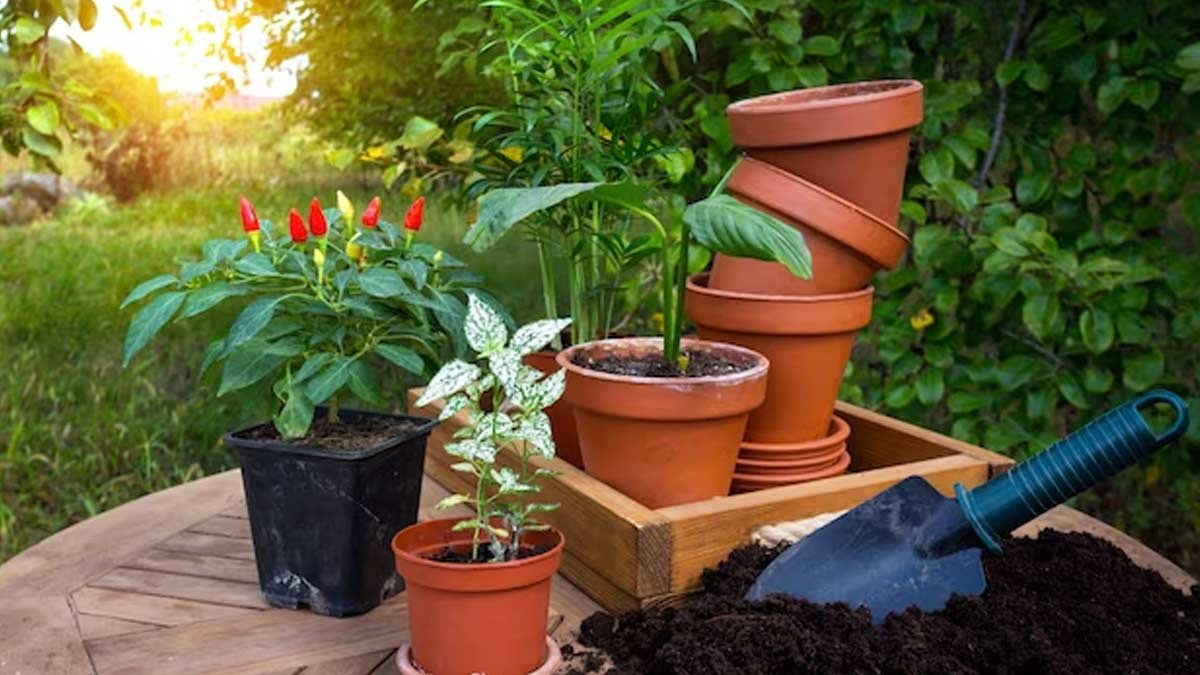
Placing Your Plants
The strategic placement of plants within your flower bed is key to achieving a balanced and aesthetically pleasing garden design. Start by placing taller plants, such as ornamental grasses or tall flowering plants, towards the back of the bed. Place shorter plants, including ground covers and low-growing flowers, at the front of the bed to ensure they are visible and not overshadowed by taller plants.
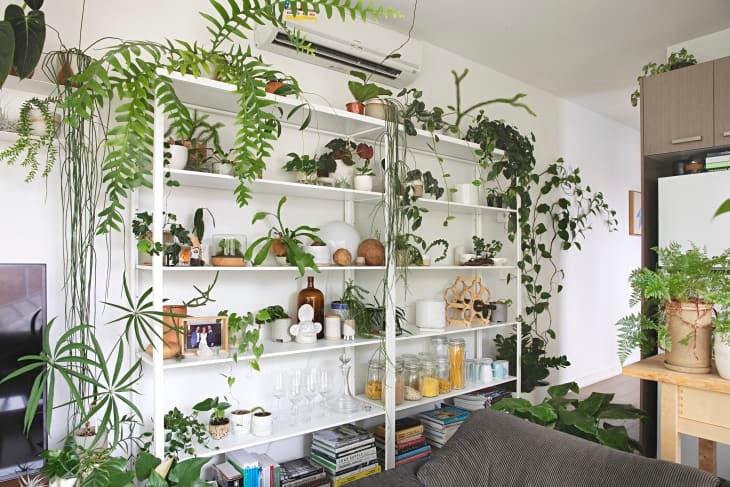
Additionally, consider the spacing between plants to allow for proper air circulation and avoid overcrowding, which can lead to poor growth and increased susceptibility to diseases. A well-planned plant placement not only enhances the visual appeal of your flower bed but also promotes healthy and robust plant development.
Planting Your Flower Bed
Planting your flower bed is a straightforward process, but attention to detail is crucial for ensuring the healthy growth of your plants. Start by preparing the planting bed by loosening the soil with a garden fork, which helps improve root penetration and eliminate existing weeds. Place the plant in the hole and fill it with soil, ensuring that the top of the root ball is level with the surrounding soil.
Applying a layer of mulch around the plants can help retain moisture, regulate soil temperature, and reduce weed growth. By following these steps, you can create a thriving flower bed that showcases a stunning array of plants and flowers.
Mulching and Watering
Mulching and proper watering are essential practices for maintaining a healthy and beautiful flower bed. Adding a thick layer of mulch around your plants provides several benefits. Mulch helps to regulate soil temperature by keeping it cooler in the summer and warmer in the winter.
It also conserves moisture by reducing evaporation, which is particularly beneficial during dry spells. Mulch acts as a barrier against weed growth, preventing weeds from competing with your plants for nutrients and water. Organic mulches, such as bark chips or straw, also gradually decompose, enriching the soil with organic matter.
Ongoing Maintenance
Regular maintenance is crucial for the healthy growth and longevity of your flower bed. One of the key maintenance tasks is weed removal. Even with a weed barrier, some weeds may still emerge; removing them promptly prevents them from competing with your plants for nutrients and water. Deadheading, or removing spent flowers, is another important task.
Pruning and trimming are also part of ongoing maintenance, helping to shape plants, remove damaged or diseased foliage, and promote healthy growth. By keeping up with these maintenance tasks, you ensure that your flower bed remains vibrant and healthy, providing a continuous display of beautiful flowers.
Seasonal Care and Protection
Seasonal care is vital to protect your flower bed and ensure it thrives throughout the year. In spring, focus on planting new flowers and pruning existing plants to encourage healthy growth. As summer approaches, provide additional water and mulch to conserve moisture and protect plant roots from high temperatures. During the growing season, regularly check for pests and diseases, and take action as needed to prevent outbreaks.

In the fall, prepare your flower bed for the colder months by cutting back perennials and removing annuals. Applying a fresh layer of mulch can help insulate plant roots and regulate soil temperature during winter. For plants that are sensitive to cold, consider using protective coverings or moving them indoors if possible.
Common Mistakes to Avoid
When planting a new flower bed, several common mistakes can hinder your success. One major pitfall is choosing the wrong soil type or neglecting soil preparation. Poor soil can lead to inadequate drainage or nutrient deficiencies, affecting plant health.
Conduct a soil test and amend the soil with organic matter to ensure it is fertile and well-draining. Another common mistake is overwatering or underwatering. Overwatering can lead to root rot, while underwatering can cause stress and poor growth.
Plan your garden bed layout carefully, spacing plants appropriately to allow for their full growth. By avoiding these common mistakes, you can create a thriving and beautiful flower bed that enhances your garden.
How ADL Martinez Services Can Help?
ADL Martinez Services offers comprehensive landscaping solutions, including expert garden bed design and maintenance, to clients in Houston and Humble, TX. Whether you’re looking to plant a new flower bed or rejuvenate an existing one, our team of experienced professionals is here to help.
We specialize in creating customized garden designs that suit your aesthetic preferences and local climate conditions. Our services include soil testing and preparation, plant selection, installation of weed barriers, and ongoing maintenance to ensure your garden remains vibrant and healthy.
If you’re ready to transform your garden with a beautiful flower bed, contact ADL Martinez Services today. Our team is dedicated to delivering high-quality results that exceed your expectations and bring your outdoor spaces to life.
